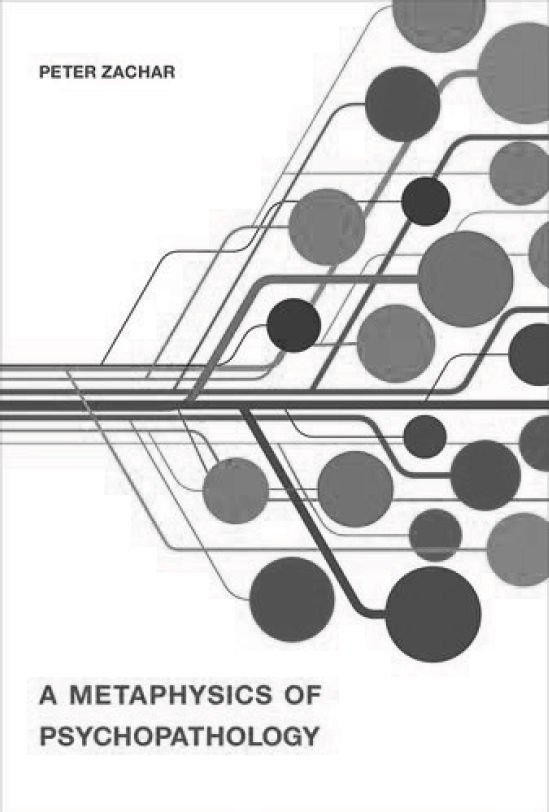
Book titles are often misleading. I once looked up books on Chinese cooking, having just acquired a wok, and found From Woking to Portsmouth. Sections of this book could equally well be accommodated by the title A Psychopathology of Metaphysics, as they concern how the mindset and personal foibles of certain philosophers coloured their philosophical views.
This preamble is occasioned by my disappointment with the actual contents of the book given its highfalutin title. The book is essentially a neo-Szaszian argument for why psychiatric diagnosis is a contentious issue. All the old chestnuts are brought out – the ‘death of hysteria’, drapetomania (escaping slaves in the Southern States labelled as having mental disorder) – but the author illustrates his thesis by nibbling away at the edges. ‘Can grief really be a disorder?’ and ‘Is narcissistic personality disorder real?’ are actual chapter headings. To be sure, there are numerous dubious nosological entities in DSM-5, as there have been in any diagnostic scheme from Galen onwards. The author is tackling small fry here, and to grace his deliberations with the title ‘a metaphysics of psychopathology’ seems overblown.
It is not even clear quite what the author’s specific thesis is, other than to praise the contributions of general philosophers and philosophers of science to the problem of psychiatric diagnosis. At least Szasz made his message clear: psychiatric diagnostic entities were artefacts of a self-serving doctor-patient relationship, epitomised by Charcot’s hysterics, who derived social status as performing artists of illness behaviour while pandering to Charcot’s own prejudices. The Szaszian legacy that all psychiatric diagnosis is to a greater or lesser extent iatrogenic pervades this book, but is never explicitly addressed.
There are several things to say about a book like this, and I shall not pull any punches.
First, psychiatrists are fed up with the continual sniping at their professional position. Originally it was sociologists who inveigled bogus patients into psychiatric hospitals, then it was psychologists who claimed that psychosis was only some point on a dimensional scale of human distress. Now philosophers wade in but, note, steer clear of madness and debilitating mood disorders, as if the problematic nature of narcissistic personality disorder undermined the entire psychiatric enterprise.
Second, no credit is given to the insight that people with schizophrenia and depression themselves provide into the nature of the human being. Eugene Minkowski, a French psychiatrist, saw clearly nearly a century ago that the former held a philosophical idealist position and the latter a materialist position, completely undermining philosophical notions that the ‘normal’ human being could be one of these. ‘Philosopher cure thyself’ might be salutary advice for a philosopher presuming to disabuse psychiatrists of their mistakes.
Third, no cognisance is taken of those philosophers, outside the Anglo-American tradition, who realised that the human being is a spiritual entity as well as an animal, and that psychiatric disorders are not ‘natural kinds’ of things such as gold (which the author seriously considers) and are not even like physical illnesses.
I could go on. Luckily, psychiatrists, certainly of my acquaintance, are made of stern stuff and are unlikely to be worried by the new wave of critics of their profession.



eLetters
No eLetters have been published for this article.